How do I buy untreated all-natural gemstones?
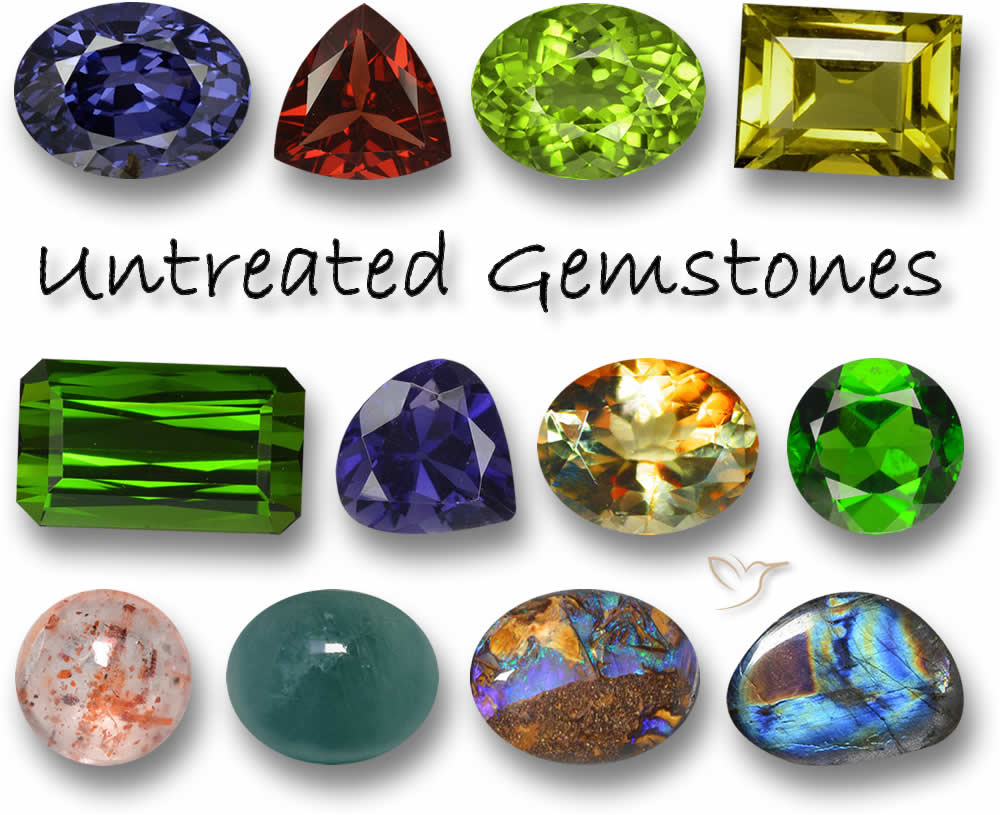
While there is nothing wrong with enhanced or treated gemstones, some of us just prefer the idea of totally natural and untreated stones whether for spiritual or material reasons.
It has been estimated that more than 80% of all colored gemstones on the market have been treated in one way or another above and beyond the usual cutting and polishing.
With some treatments such as heat and irradiation almost impossible to detect and the existence of chemically identical gemstones created in a laboratory, how can we be sure that we are buying genuinely untreated gemstones?
Well, some gemstones are almost guaranteed not to have been treated - not necessarily for altruistic reasons but because heat, radiation, dyes and so on have no enhancing effects. Alternatively, the gemstone is not valuable enough to warrant spending the time and effort involved.
There can be no 100% guarantees - there are some clever and deceptive traders out there - but we have put together a list of gemstones we feel are always untreated.
All types of gemstones are available completely 'untreated' including premier stones such as sapphire, ruby and emerald - indeed we have some beautiful examples on sale ourselves - but they are very rare and much more expensive than their treated counterparts.
This list contains gemstones that fall into a reasonably priced category, are readily available and we feel very confident that they are genuinely untreated.
We stand by all of our gemstones and disclose any treatments they may have had. Plus, if you are not completely satisfied with your gemstone it can be returned for a full refund with no questions asked.
Spinel
Spinel is a historic gemstone with great colors and exceptional clarity and yet is underrated despite often being mistaken for valuable rubies. Heat treatment has been tried on spinel but is generally detrimental so is not worth the risk with such a valuable gemstone.
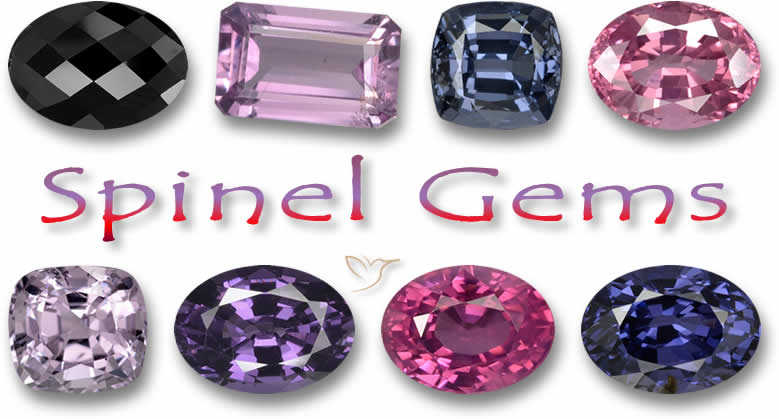
A very rare occurrence has been fissure filling tiny surface cracks but this is not seen enough to be a real issue. It has been suggested that the extremely rare and quite expensive cobalt blue spinel may be the result of heat treatment so be wary if purchasing.
Garnets
Tsavorite Garnet
There are no known tsavorite treatments or enhancements on the market. As far as we know, all gemstones are completely natural except for cutting and polishing which makes this gemstone even more valuable.
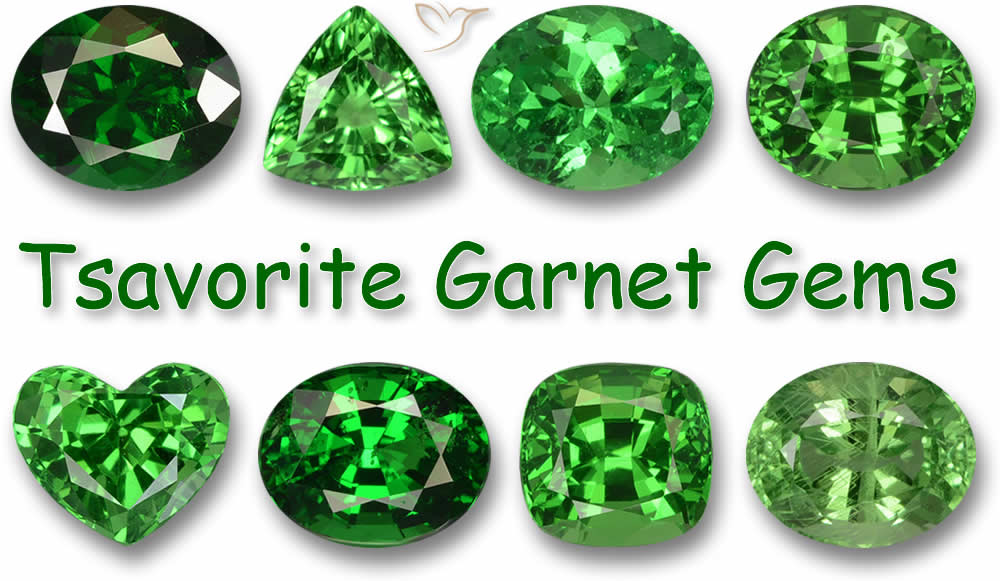
Spessartite Garnet
This is a gorgeous orange gemstone with a refractive index higher than that of diamonds giving it a real sparkle as well as a great color. Excellent clarity, enviable durability and tremendous value for money make this untreated gemstone a real winner.
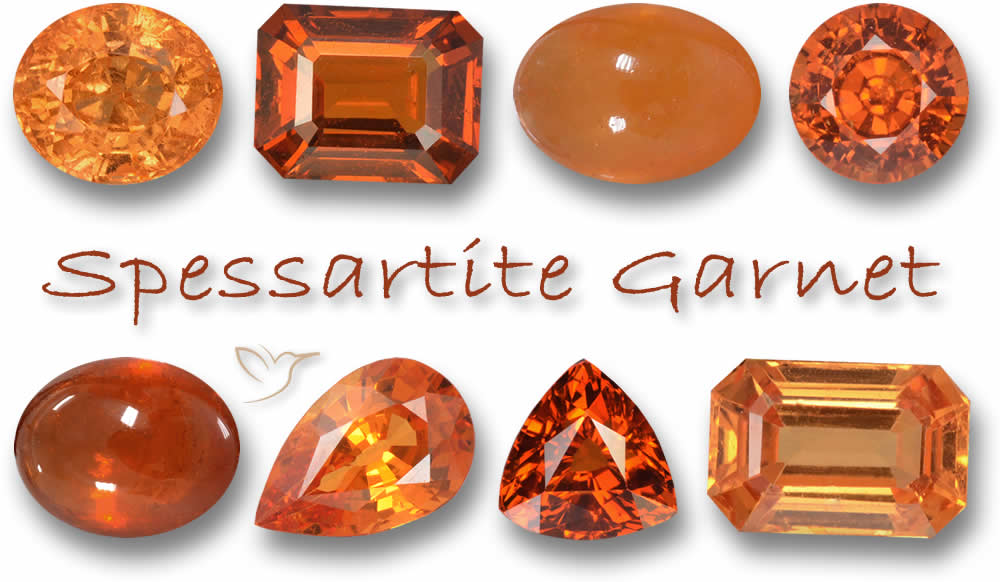
Hessonite Garnet
Another orange colored garnet is Hessonite, sometimes called the 'cinnamon stone' for its almost smoky orange coloring. Like almost all garnets there are no known treatments for this gemstone and is a 'natural' beauty.

Pyrope / Rhodolite / Almandine / Malaya / Mali / Color Change Garnet are just a few more of the well-known and totally untreated members of the garnet gemstone family
Some of the Demantoid garnet gemstones sourced from the Ural Mountains of Russia are rumored to receive enhancing heat treatment. There is also the rather odd Proteus garnet which is treated to gain a metallic finish but we have never come across this stone in our offices.
Peridot
Peridot is one of the few gemstones that only come in a single color - green. The samples deemed good enough to become gemstones have typically excellent clarity and a deep and intense color. Heating does not appear to have any real affect on the quality of the green color.
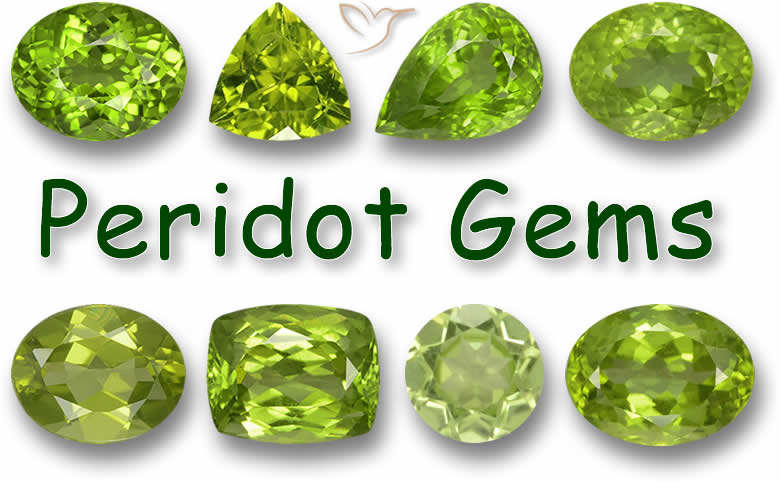
Occasionally, Peridots can be treated with oils or resins to fill surface fractures but this is not particularly common and is easy to spot.
Chrysoberyl
Chrysoberyl is a gorgeous, durable and completely natural stone that is not treated in any way to enhance its appearance. Considering its strength, versatility and bright sparkle and polish, it is a very modestly priced gemstone available is all sorts of shapes and is ideal for any jewelry items.
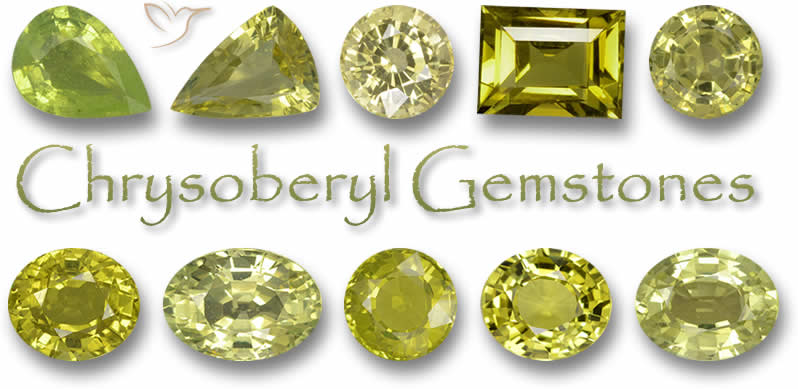
Tourmaline
Tourmalines are probably the most colorful of all gemstones with just about every color represented by this durable, bright stone. In general, tourmalines found on sale are not treated with heat or radiation.
With such a diverse gemstone it is impossible to say they are ALL untreated - Mozambique Paraiba style tourmalines are most likely heated and some dark red stones can be lightened by heat and irradiation.

Treatments of tourmalines are very difficult to spot, even in the laboratory and, so far, do not impact the value of the gemstones.
Because of the assortments of chemical composition in tourmaline, treatments that work on one stone will not be the same in another and can just as often be detrimental to the gemstone so merchants are loathe to do it unless they feel they have to.
Iolite
Strangely enough, in the case of Iolite, the lack of treatment has been detrimental to their value and fame. Although they are a lovely color already, if they were able to be turned a deeper blue by heat treatment they would be a lot more popular but Iolite does not respond to any treatment other than that by nature herself.
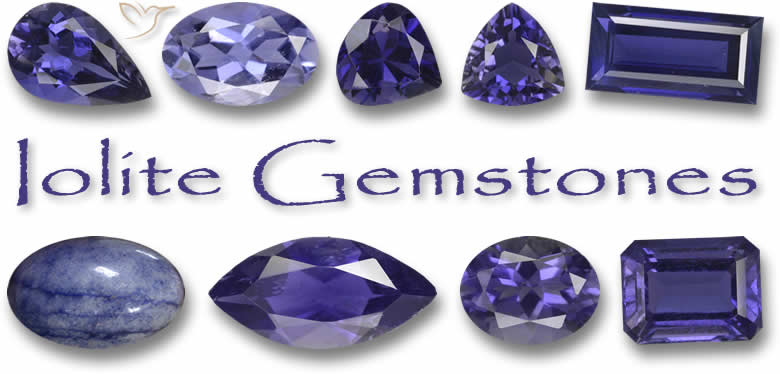
Andalusite
Andalusite is a little-known gemstone with lovely earthy or fall colors such as orange, yellow, brown, green and gold. It is an attractive gemstone with an unusual play of color where the color switches two or three times as it is turned.
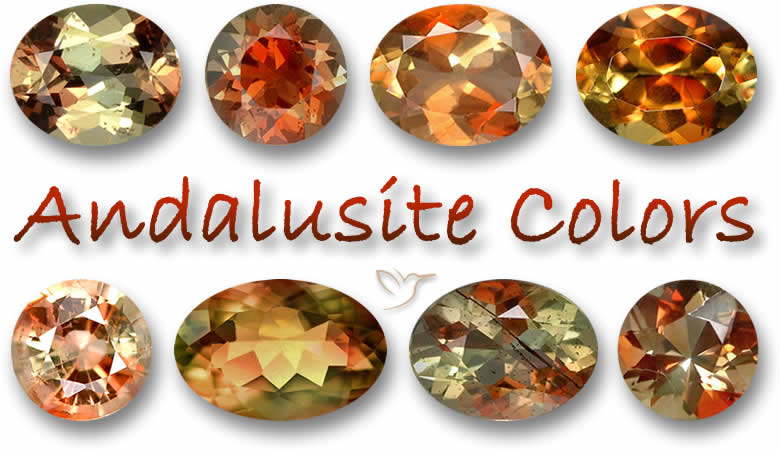
We are not aware of any enhancing treatment for Andalusite other than the cutting and polishing of the rough gemstones.
Chrome Diopside
Chrome Diopside gemstones are natural and not heated or enhanced at all. This gemstone has an intense forest green color with a fantastic sparkle and a clarity that is the envy of many other green gemstones. Perhaps it is the rather clinical sounding name that has prevented it from gaining the popularity it deserves!
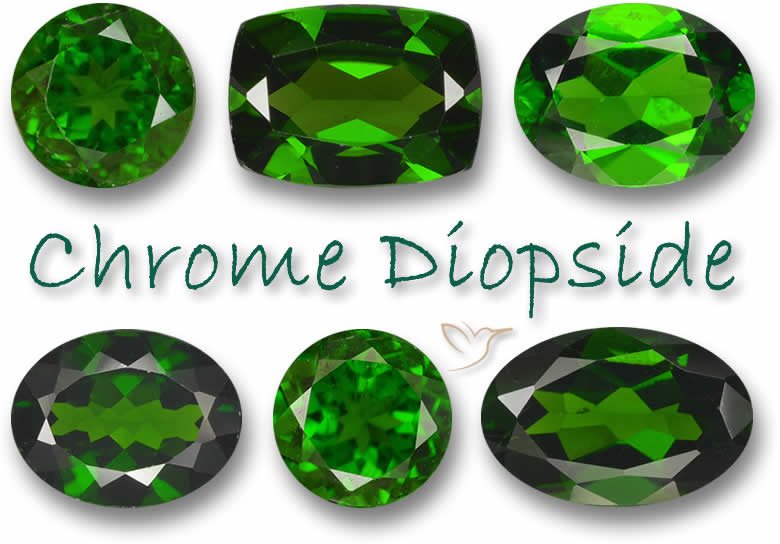
Sunstone
Sunstone gets its name from the orange to red inclusions that seem to glitter like sunlight as the gemstone moves. This glittering phenomenon is called 'schiller' or sometimes 'aventurescence' and there are no known treatments for these bright sparkly gemstones.

Grandidierite
Grandidierite is a rare and expensive gemstone, especially when found in clear and faceted specimens. As yet they are not known to be treated in any way or synthetically created for jewelry in the laboratory although this may change if grandidierites become more well known around the world.
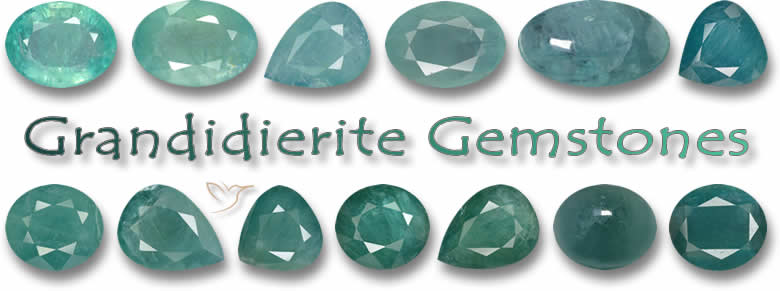
Kornerupine
This earthy green to brown gemstone is not often found in jewelry items although this may change as people continue to search for the out of the ordinary or unusual. Kornerupine is not known to be treated or enhanced in any way.
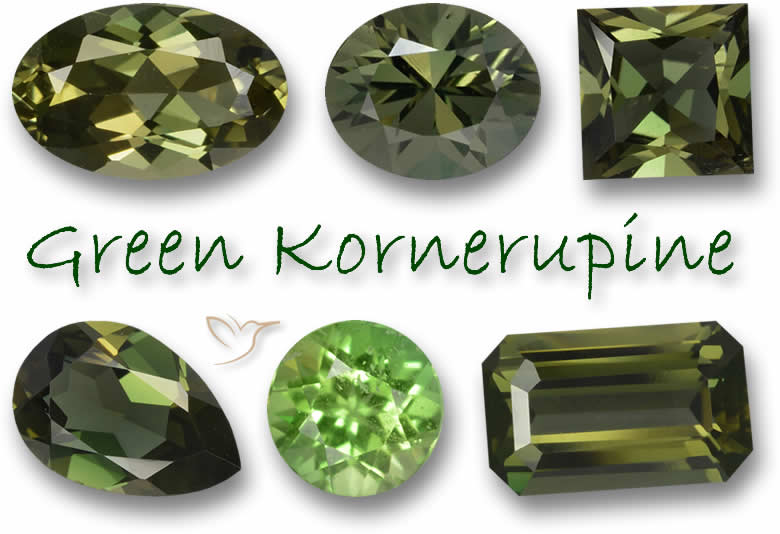
Strawberry Quartz
Quartz is a very popular gemstone for both use in jewelry and for spiritual reasons. One of the rarest types is a clear gemstone with red inclusions of iron oxide. These internal reddish needles, flakes or fibers have given it the name Strawberry Quartz.

There are some totally synthetic versions available with alternative names such as cherry quartz, blueberry quartz, kiwi quartz and the like so do be careful where you buy your Strawberry Quartz - make sure it is a reputable source.
Rose Quartz and Rutile Quartz are similarly untreated quartzes.
There are also a number of opaque gemstones cut into oval cabochons or into interesting odd shapes that are not commonly dyed, bleached, filled, stabilized or reconstructed in any way.
Opaque Gemstones
Amazonite
Amazonite is not known to be treated or enhanced so the gemstones you see on sale are completely natural. This spiritually powerful and useful gemstone comes in lovely green and turquoise colors with intriguing patterns. There are some obviously synthetic, cheap versions of this stone used in costume jewelry so keep an eye out for them.
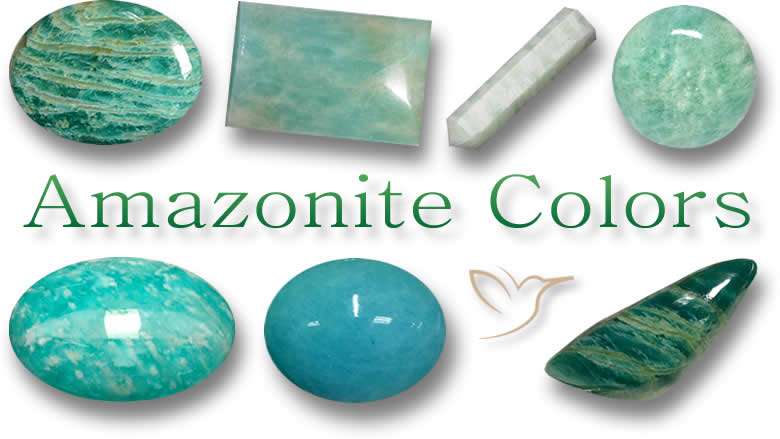
Aventurine
This usually green gemstone is considered 'lucky' for all those that wear or carry it. As far as we know aventurine is not typically treated or enhanced in any way.
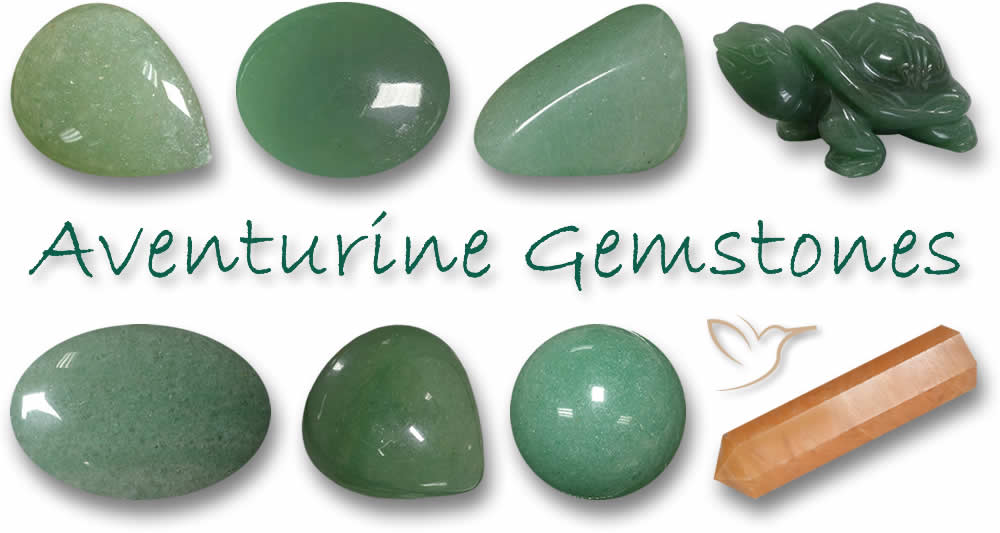
Like amazonite and jade, there are imitation and artificial materials that are sometimes used to copy aventurine but they are usually quite easy to spot.
Boulder Opal
Boulder Opals are a unique gemstone where the colorful opal material is still attached to the hard rock on which it formed. Being naturally connected to a host rock means they are not considered doublets like many other types of opal.
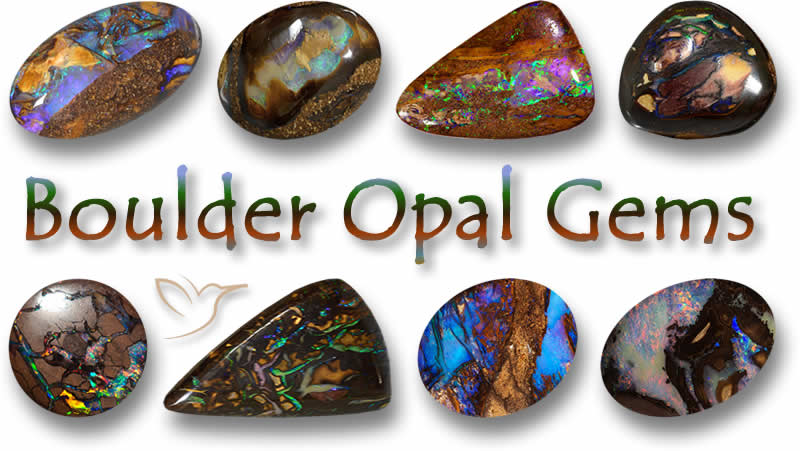
Some opals such as Black Opals can be treated with a sugar and acid solution or be smoked to darken the background color but Boulder opals are fixed to a naturally dark rock, ironstone, so this is not necessary.
Charoite
Although this purple gemstone with white wisps and black patches may look as though it is not real it is a totally natural gemstone found in the harsh environment of the frozen Siberian mountains.
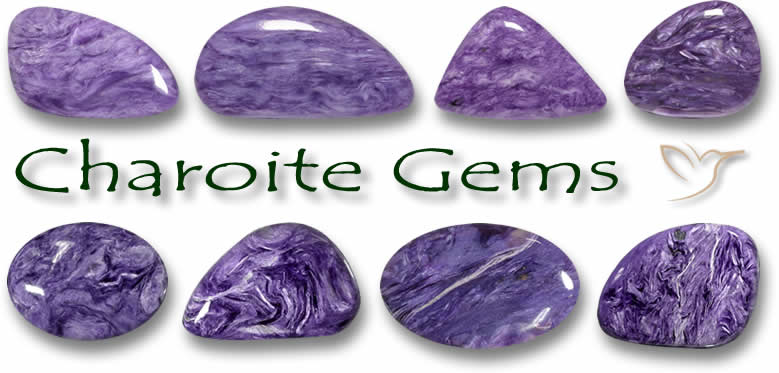
There are no enhancing treatments of Charoite that we know of other than the usual cutting and polishing.
Fire Agate
This very unusual gemstone with an almost opal-like play-of-color display is not known to be treated or enhanced in any way. It is only found in South Western America and Northern Mexico and can be made into weird and wonderful jewelry items or be used for its spiritual strength.

An agate that has been given the name, Burnt Fire Agate is known to be heat treated while Crab Fire Agate is actually heat treated carnelian.
Jasper
Jasper is a fascinating gemstone with great colors, awesome patterns and a long history. Its large sizes make it ideal for unique and eye-catching jewelry. It is not usually enhanced in anyway other than the usual cutting and polishing.
There are some cases of Jasper being dyed to boost its color or to emphasize a particular pattern but since it is such an inexpensive gemstone it is not usually worth the time and effort. Check for concentrated color in cracks and surface pits.
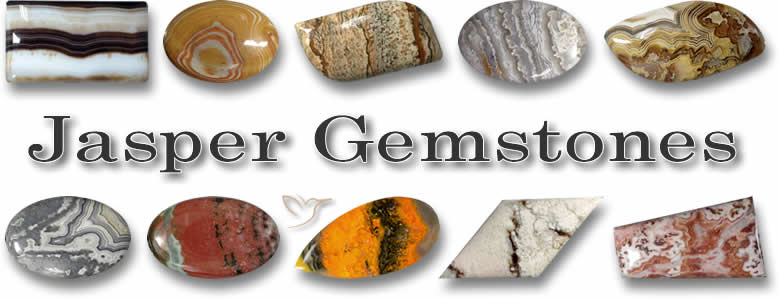
Hematite
Hematite gemstones are not generally treated in any way other than the usual cutting and polishing of the rough material. Hematite gemstones are generally silvery gray to almost black with a nice shiny polish and a smooth surface.

Labradorite
The remarkably iridescent and colorful Labradorite gemstones and their high quality Finnish version, Spectrolites, are not treated in any way that we know of. They are very sensitive to sudden changes of temperature so heating is not really an option even if someone wanted to.
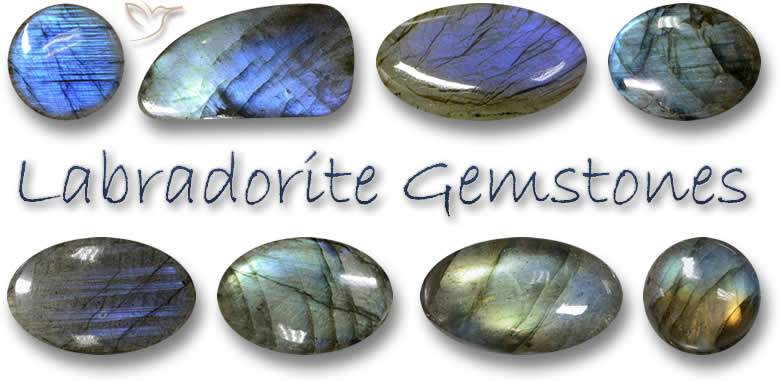
This has been just a small selection of the possible untreated gemstones on the market. GemSelect has over 100 different gemstones types many of which can be found in completely natural forms.
For more choices take a look at our complete inventory of untreated gemstones here
| Transparent Gemstones | Color |
|---|---|
|
Spinel |
Multi-colored |
|
Garnet |
Multi-colored |
|
Peridot |
Green |
|
Chrysoberyl |
Yellow |
|
Tourmaline |
Multi-colored |
|
Iolite |
Violet / Blue |
|
Andalusite |
Green / Brown |
|
Chrome Diopside |
Green |
|
Sunstone |
Orange |
|
Grandidierite |
Turquoise |
|
Kornerupine |
Brown / Green |
|
Strawberry Quartz |
Red / Pink |
| Opaque Gemstones | Color |
|
Amazonite |
Blue / Green |
|
Aventurine |
Green |
|
Boulder Opal |
Multi-colored |
|
Charoite |
Purple |
|
Fire Agate |
Multi-colored |
|
Jasper |
Multi-colored |
|
Hematite |
Metallic |
|
Labradorite / Spectrolite |
Multi-colored |

